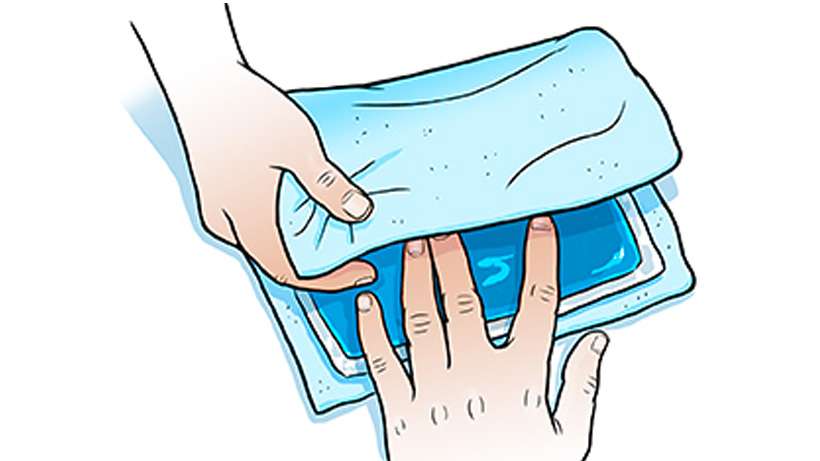Pain is a common experience that can range from mild discomfort to severe agony. When it comes to managing pain, ice packs are a simple yet effective solution. In this comprehensive guide, we will explore how ice pack works, the conditions in which they should be used, how to prepare and apply them, potential complications, and when they should be avoided due to contraindications.
Ice packs, also known as cold therapy, work on the principle of reducing blood flow to the affected area, which helps alleviate pain and inflammation. Here’s how they work:
When an ice pack is applied to an injured area, it causes blood vessels to constrict, reducing blood flow to the area. This helps in decreasing swelling and inflammation. The cold from the ice pack numbs the nerves in the area, providing immediate pain relief. Cold temperatures also slow down the metabolic rate of cells, reducing tissue damage and promoting healing.

Ice packs are particularly beneficial for various conditions, including:
Muscle strains: Ice packs can help ease the pain and reduce swelling in strained muscles.
Joint pain: They are effective for conditions like arthritis, providing relief from joint pain and inflammation.
Sports injuries: Commonly used by athletes, ice packs are excellent for treating sports-related injuries such as sprains and bruises.
Post-surgery: After certain surgeries, ice packs can aid in managing pain and swelling.
Proper preparation and application are crucial to maximizing the benefits of ice packs:
Choose the right ice pack: You can use a commercial ice pack, a bag of frozen peas, or a homemade ice pack (a plastic bag filled with ice cubes).
Wrap in a cloth: Never apply ice directly to the skin. Always wrap the ice pack in a thin cloth or towel.

Timing: Apply the ice pack for 10-20 minutes at a time, allowing the skin to return to normal temperature between sessions.
Frequency: Repeat every 1-2 hours, as needed, for the first 48 hours after an injury.
While ice packs are generally safe, there are some potential complications to be aware of:
Frostbite: Prolonged or direct exposure to ice can lead to frostbite. Always use a cloth barrier and adhere to the recommended timing.
Numbness: Extended use can cause temporary numbness in the area, which usually subsides after a short period.
Ice packs are not suitable for everyone or in every situation. They should be avoided in the following conditions:
Hypersensitivity to Cold: Individuals with conditions like Raynaud’s disease should avoid ice packs, as extreme cold can worsen their symptoms.
Open Wounds: Do not apply ice packs to open wounds, as it can delay the healing process.
Poor Circulation: People with poor circulation should use ice packs cautiously, as reduced blood flow can further impair healing.
Ice packs are a valuable tool in pain management when used correctly. Understanding how they work, when to use them, and when to avoid them due to contraindications can help you effectively relieve pain and promote healing. If in doubt, consult with a healthcare professional for personalized advice on using ice packs to manage your specific condition.